Abstract Code: IUC24432-80
Neoadjuvant or Induction Chemotherapy (N/IC) for Bladder Cancer: Updated “Real-World” Experience from Croatia
J. Murgic 1, M. Jazvic 1, I. Tomaskovic 2, P. Bokarica 3, M. Gamulin 4, I. Dilber 5, M. Sambic Penc 6, D. Zahirovic 7, T. Omrcen 8, A. Frobe 1
(1) Department of Oncology and Nuclear Medicine, Sestre milosrdnice University Hospital Center, Zagreb – Croatia, (2) Department of Urology, Sestre milosrdnice University Hospital Center, Zagreb – Croatia, (3) Department of Urology, Sveti Duh University Hospital, Zagreb – Croatia, (4) Department of Oncology, Zagreb University Hospital Center, Zagreb – Croatia, (5) Department of Oncology, General Hospital Zadar – Croatia, (6) Department of Oncology, Osijek University Hospital Center, Osijek – Croatia, (7) Department for Tumors Rijeka University Hospital Center – Croatia, (8) Department of Oncology, Split University Hospital Center, Split – Croatia
Background: Despite level I evidence and known overall survival (OS) benefit of cisplatin-based neoadjuvant chemotherapy (NAC) for muscle-invasive bladder cancer (MIBC), its use remains suboptimal and varies geographically. We report treatment patterns and outcomes in patients (pts) receiving N/IC within the Croatian Uro-Oncology Network.
Methods: We retrospectively reviewed records of consecutive patients treated with N/IC. Endpoints included pathologic complete response (pCR, ypT0N0), major pathologic response (MPR, ypT≤1N0), disease-free survival (DFS), and OS. Survival was estimated from the N/IC start using Kaplan-Meier and log-rank tests. Clinical variables were assessed via Cox regression.
Results: A total of 289 patients received N/IC across 9 sites. Clinical stage: II (45%), IIIA (29%), IIIB (24%). Median age was 66 years (range 40–83); 76% were male; 18% had ECOG PS 1; 23% had histologic variants. Regimens included cisplatin/gemcitabine (70%), dose-dense MVAC (24%), carboplatin/gemcitabine (3%), and cisplatin/etoposide (2%). Median duration was 2 months; median 4 cycles. Grade ≥3 toxicity occurred in 45%, including neutropenia (G3 18%, G4 10%), anemia (G3 7%), thrombocytopenia (G3 13%), and mucositis (G3 7%).
Cystectomy was performed in 226 patients (78%). The median time from N/IC start to surgery was 4 months; from N/IC end to surgery, 2 months. Reasons for non-surgical management included progression (n=13), refusal (n=14), bladder preservation (n=8), or ECOG deterioration (n=4). Among operated patients, pCR and MPR were achieved in 23% and 38%, respectively. After a median follow-up of 35 months, 34% had a recurrence (22% distant, 7% locoregional, 6% both). Median DFS was 33 months (95% CI: 15–56), and OS was 41 months (95% CI: 25–91). On multivariable analysis, only pCR was independently associated with improved DFS (HR 0.2; p<0.0001) and OS (HR 0.3; p=0.0002). Nine pts (4%) received adjuvant radiotherapy; none received adjuvant nivolumab.
Conclusions: In this national real-world cohort, pCR was associated with improved survival, consistent with clinical trial data. Broader adoption of N/IC will require multidisciplinary care and structured patient counseling.
